2009-10. Xeabaj II: Beneath the Rock and the Storm
Xeabaj II Village. Santa Catarina Ixtahuacán, Sololá, Guatemala.
October 25th, 2009.
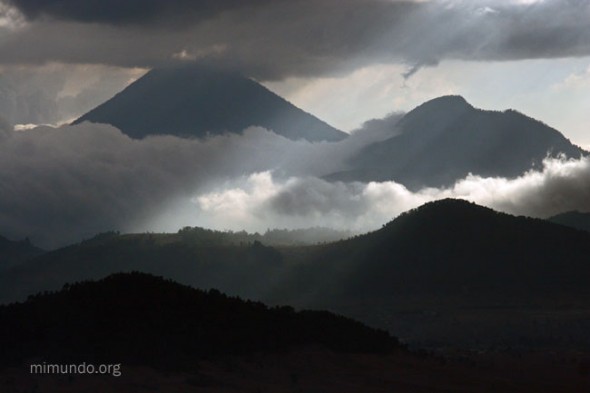 The dense humidity accumulated by violent Pacific currents, crashes brutally against the peaks of the Panimaquín range along the departments of Sololá and Quetzaltenango.
The dense humidity accumulated by violent Pacific currents, crashes brutally against the peaks of the Panimaquín range along the departments of Sololá and Quetzaltenango.Here, generation after generation, day after day, life goes on amidst the clouds.
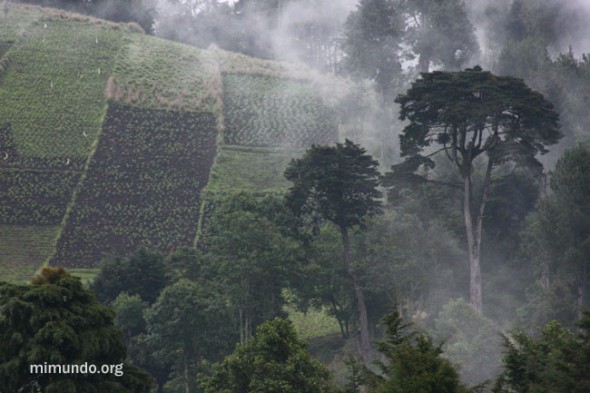 The small rural community of Xeabaj II sits surrounded by cornfields, clouds, and pine trees. In the Maya Kakchiquel language, xeabaj means “beneath the rock”. On October 2005, however, nature roared fiercely and the villagers had no choice but to abandon their ancestral lands and relocate above the rock.
The small rural community of Xeabaj II sits surrounded by cornfields, clouds, and pine trees. In the Maya Kakchiquel language, xeabaj means “beneath the rock”. On October 2005, however, nature roared fiercely and the villagers had no choice but to abandon their ancestral lands and relocate above the rock.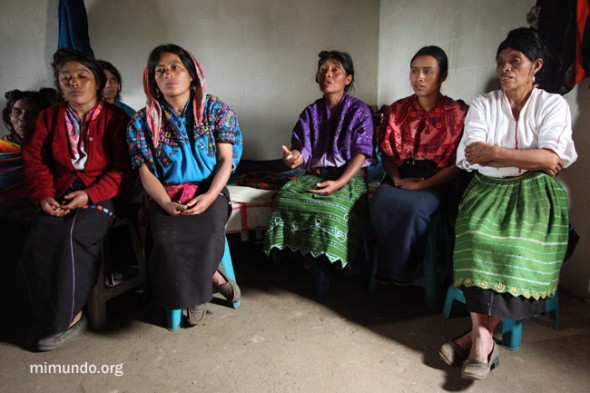 “We never thought about moving out here,” the women from the community recount. “We were happy were we used to live. But, one Sunday, it started to rain very heavily all day without stopping. And then again all day Monday. And all day Tuesday. A few landslides began that third afternoon. But by Wednesday, when landslides started occurring everywhere, we became scared.” (1)
“We never thought about moving out here,” the women from the community recount. “We were happy were we used to live. But, one Sunday, it started to rain very heavily all day without stopping. And then again all day Monday. And all day Tuesday. A few landslides began that third afternoon. But by Wednesday, when landslides started occurring everywhere, we became scared.” (1)That Sunday was October 2nd, 2005, and the endless rain was due to the outer bands of tropical storm named Stan that was crossing the Yucatán Peninsula. “Hurricane Stan was the tenth hurricane of the 2005 season in the Atlantic Ocean… It was a relatively strong storm that, while it was established as a category 1 hurricane during a short period of time, caused floods and landslides in Mexico and Central America… The hurricane caused at least 1,620 deaths (1,500 in Guatemala). This places Stan above Hurricane Katrina with regards to confirmed deaths, and top of the list as the deadliest tropical system of the Atlantic hurricane season in 2005.” (2)
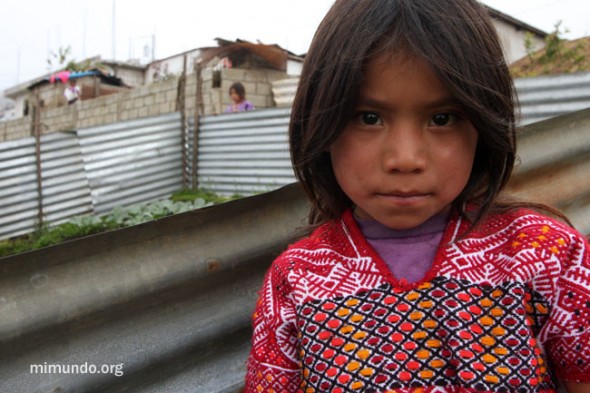 “Our greatest worry were the children, but we tried to hide our fear. The men met with the local mayor and decided to evacuate everyone because the danger was imminent. That was how on Wednesday [October 5th, 2005], we left with our children barely wrapped in sheets and the few belongings that we could carry.” (3)
“Our greatest worry were the children, but we tried to hide our fear. The men met with the local mayor and decided to evacuate everyone because the danger was imminent. That was how on Wednesday [October 5th, 2005], we left with our children barely wrapped in sheets and the few belongings that we could carry.” (3)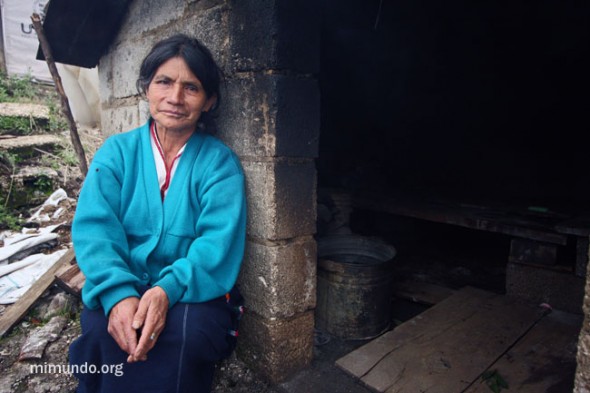 “It was a terrible tragedy because we didn’t know what to do at the time. We felt we were sinking in the mud that was everywhere. Our sandals and shoes would slide off our feet and were lost in the mud. We were brought to the main town of Santa Catarina Ixtahuacán and were all packed in a small shelter as if we were sheep. There was great despair that lasted for many days.” (4)
“It was a terrible tragedy because we didn’t know what to do at the time. We felt we were sinking in the mud that was everywhere. Our sandals and shoes would slide off our feet and were lost in the mud. We were brought to the main town of Santa Catarina Ixtahuacán and were all packed in a small shelter as if we were sheep. There was great despair that lasted for many days.” (4)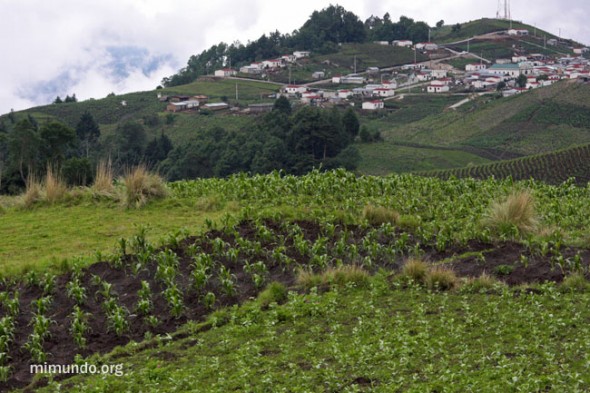 Thanks to the solidarity of neighboring communities, and the sale and exchange of plots of land, the relocation of Xeabaj II to a new, much higher, site was completed on December 18th, 2005. “[This land] was not a donation from the municipality, or the government, or some organization. It was thanks to our effort and the support of neighboring communities that we managed to attain this piece of land.” (5)
Thanks to the solidarity of neighboring communities, and the sale and exchange of plots of land, the relocation of Xeabaj II to a new, much higher, site was completed on December 18th, 2005. “[This land] was not a donation from the municipality, or the government, or some organization. It was thanks to our effort and the support of neighboring communities that we managed to attain this piece of land.” (5)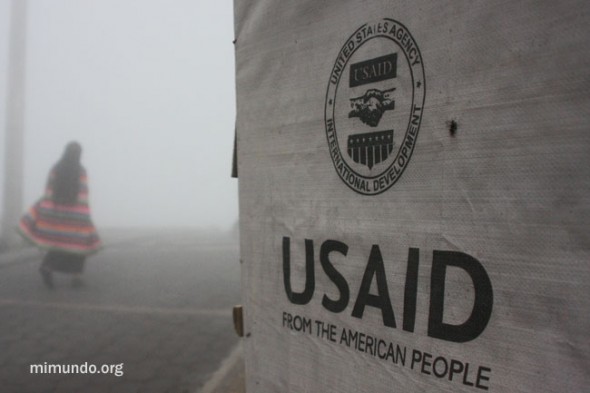 “When we were already living here, some organizations gave us a few shacks that more or less sheltered us. But the winds were still very strong, and sometimes we would wake up with the canvas roof missing. In the end, we were still suffering. The emergency help was gone quickly, and we had to look for ways to survive. This was when we decided to organize ourselves better.” (6)
“When we were already living here, some organizations gave us a few shacks that more or less sheltered us. But the winds were still very strong, and sometimes we would wake up with the canvas roof missing. In the end, we were still suffering. The emergency help was gone quickly, and we had to look for ways to survive. This was when we decided to organize ourselves better.” (6)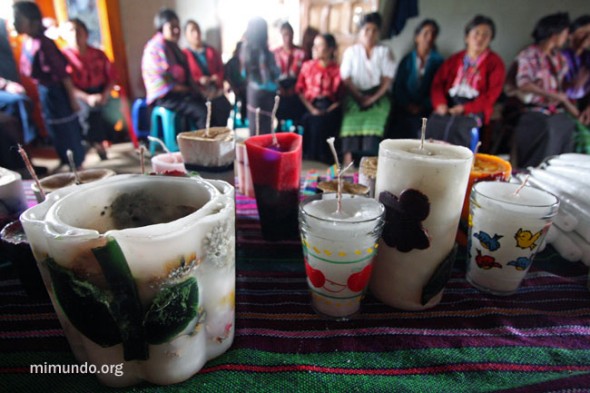 “Afterwards, several organizations offered us credit. But since we didn’t have jobs, we didn’t have an income to repay the loans. We didn’t want to indebt ourselves, so we didn’t accept. That was when we met Ramona from the NGO Oxlajuj B’atz’ and were able to start this women’s group to produce candles and textiles. Now, thanks to this project, we are receiving some support. We can’t say our work is perfect, but we are glad that we are moving ahead.” (7)
“Afterwards, several organizations offered us credit. But since we didn’t have jobs, we didn’t have an income to repay the loans. We didn’t want to indebt ourselves, so we didn’t accept. That was when we met Ramona from the NGO Oxlajuj B’atz’ and were able to start this women’s group to produce candles and textiles. Now, thanks to this project, we are receiving some support. We can’t say our work is perfect, but we are glad that we are moving ahead.” (7)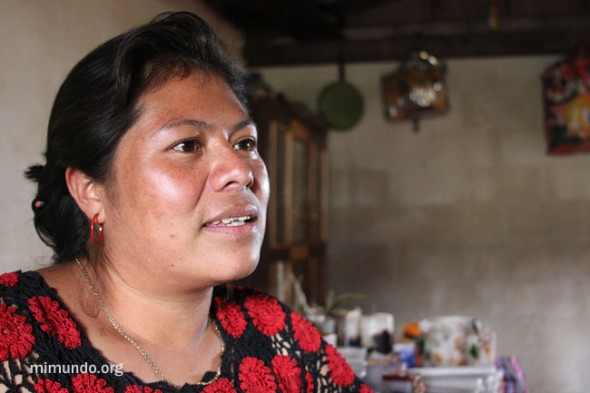 Lucía Chávez, Oxlajuj B’atz’ field supervisor, explains that the women’s project includes workshops on candle-making, thread-dyeing with natural pigments, textile production, small business management courses, personal health and wellbeing workshops, as well as organizational strengthening of the women’s group.
Lucía Chávez, Oxlajuj B’atz’ field supervisor, explains that the women’s project includes workshops on candle-making, thread-dyeing with natural pigments, textile production, small business management courses, personal health and wellbeing workshops, as well as organizational strengthening of the women’s group. “Here we don’t have large plots to grow enough produce to sell. All of our harvest is for local consumption. But it’s so cold here that only corn and potatoes grow. The little income we have is from the men who work as day laborers in other communities. We, the women, are in charge of sustaining the community.” (8)
“Here we don’t have large plots to grow enough produce to sell. All of our harvest is for local consumption. But it’s so cold here that only corn and potatoes grow. The little income we have is from the men who work as day laborers in other communities. We, the women, are in charge of sustaining the community.” (8)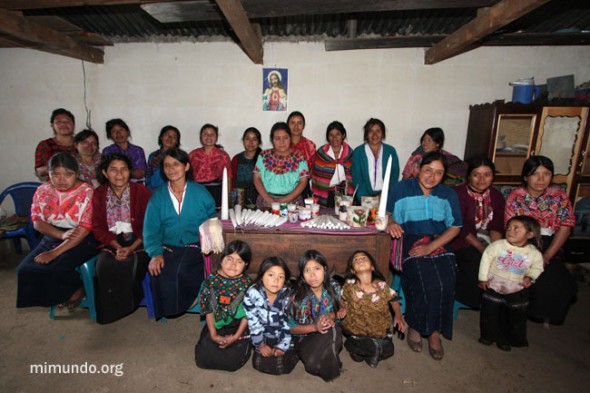 “Now that we have these skills, we want to refine our work. We would also like to learn how to make handcrafted soap to sell, since it is widely used. But our greatest problem is the lack of market for our products. We need to develop a costumer base and find a market where we can sell our products.” (9)
“Now that we have these skills, we want to refine our work. We would also like to learn how to make handcrafted soap to sell, since it is widely used. But our greatest problem is the lack of market for our products. We need to develop a costumer base and find a market where we can sell our products.” (9)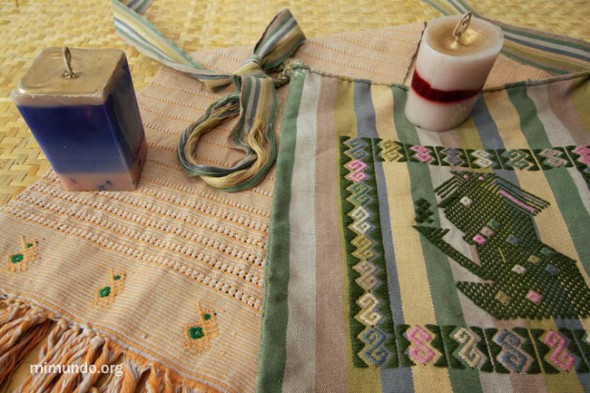 For more information, support, and/or to purchase products made by the Xeabaj II women’s group, please contact:
For more information, support, and/or to purchase products made by the Xeabaj II women’s group, please contact:thirteenthreads@gmail.com
Ramona Kirschenman, director: ramonakir@yahoo.com
Versión en español aquí.
1 Interview with the Xeabaj II women’s group. Santa Catarina Ixtahuacán, Sololá, Guatemala. June 24th, 2009.
2 http://es.wikipedia.org/wiki/Hurac%C3%A1n_Stan
3 Op Cit. Interview with the Xeabaj II women’s group.
4 Ibid.
5 Ibid.
6 Ibid.
7 Ibid.
8 Ibid.
9 Ibid.

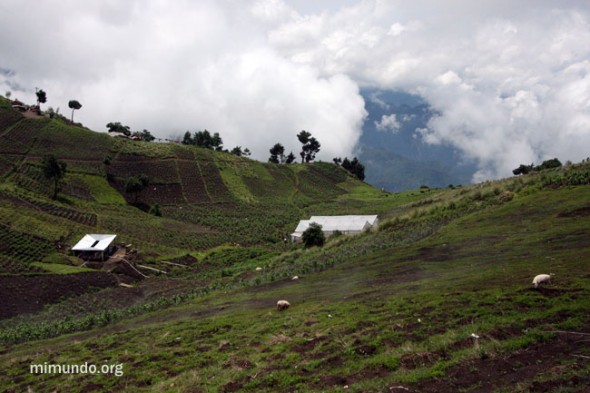
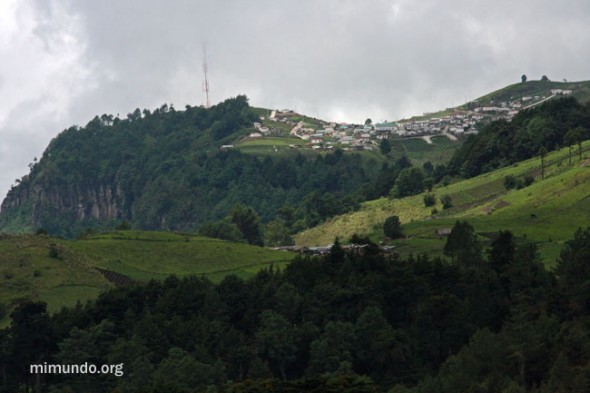
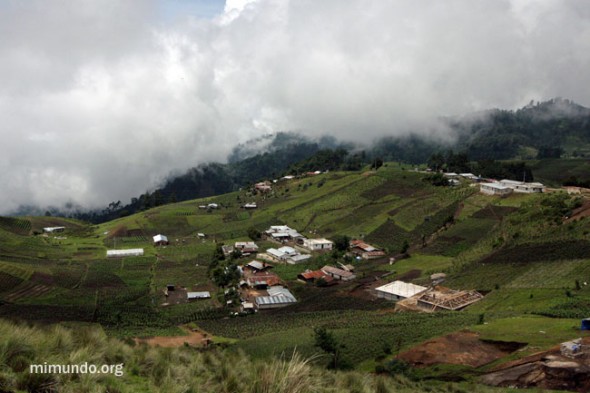
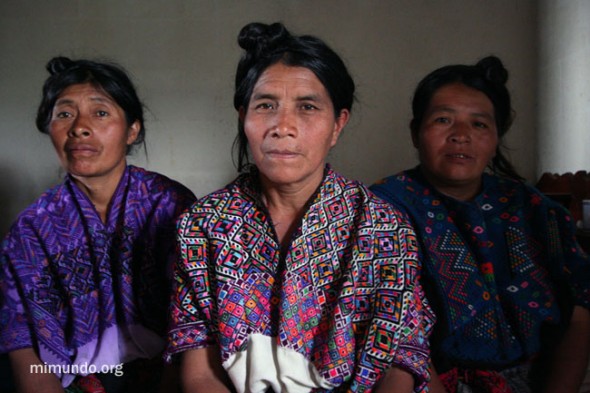

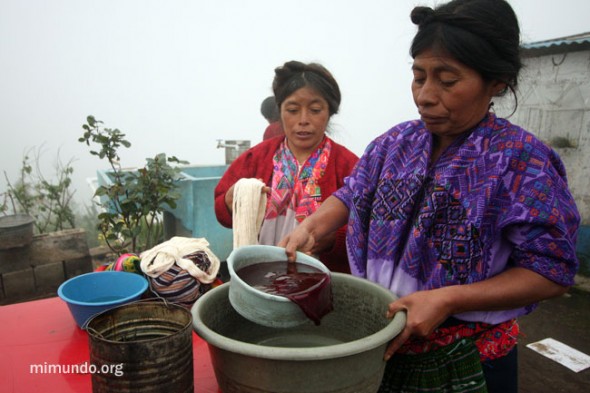
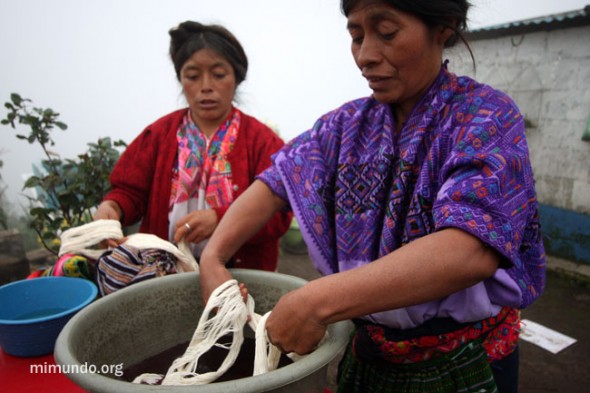
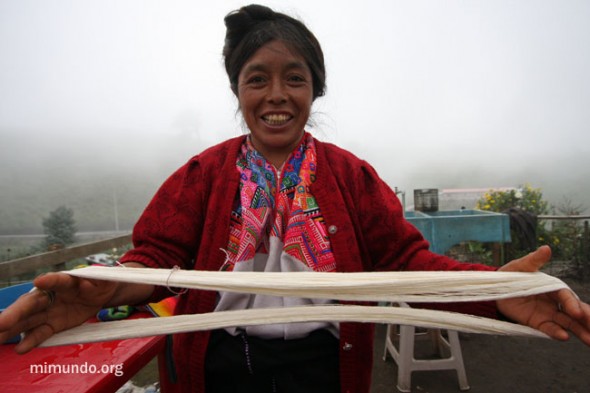

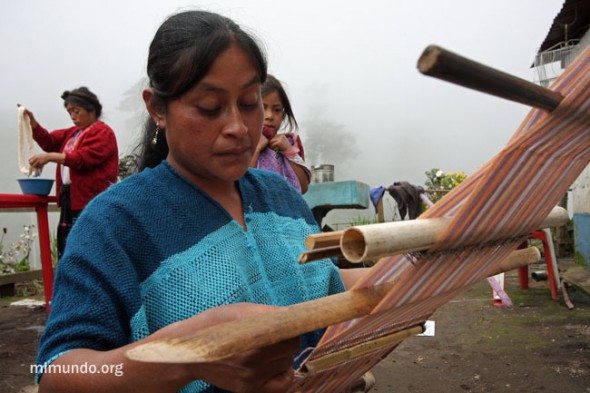
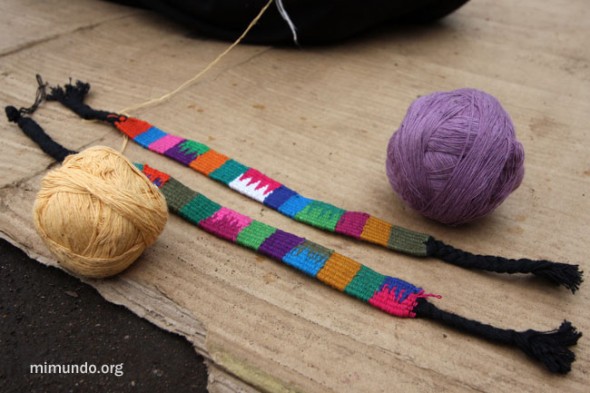
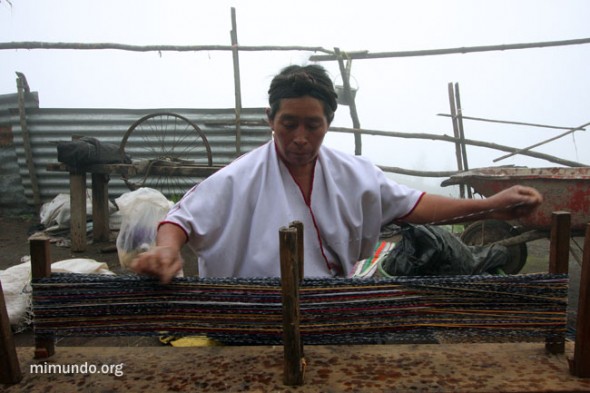
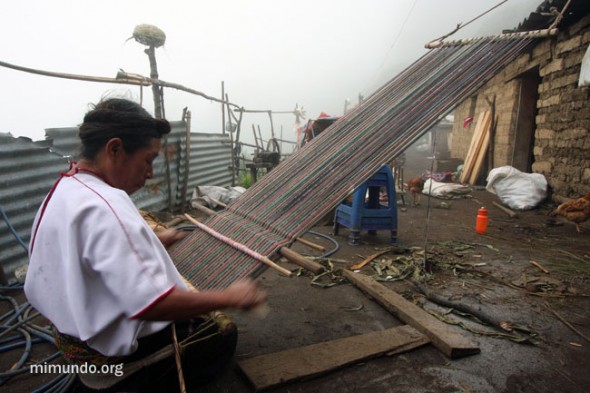
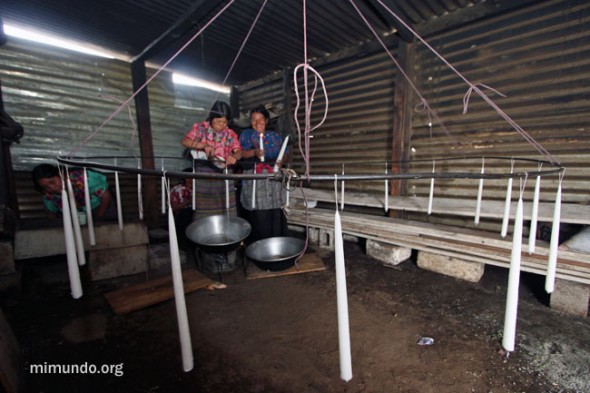



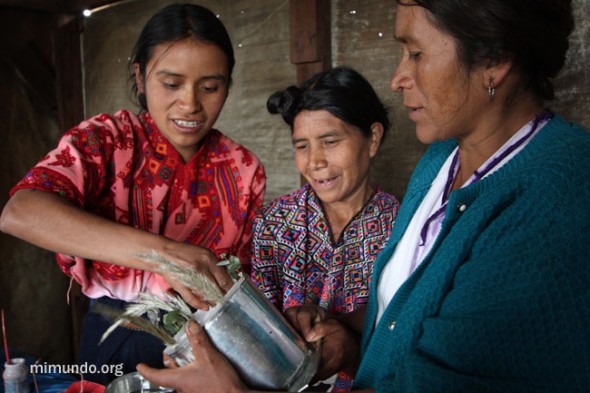
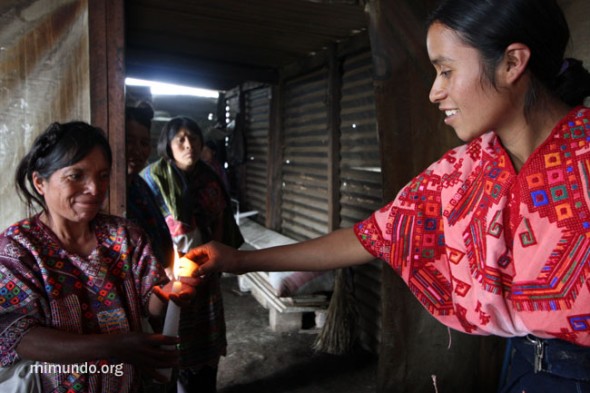

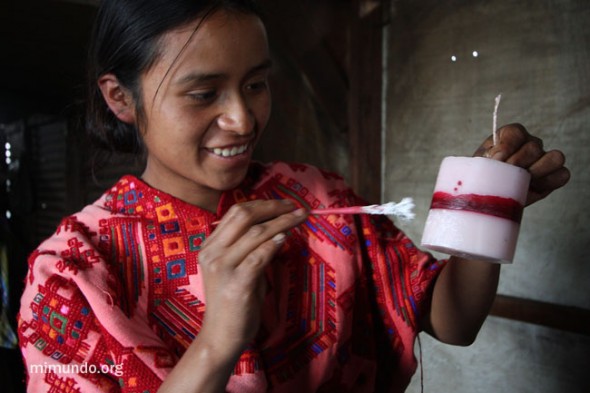


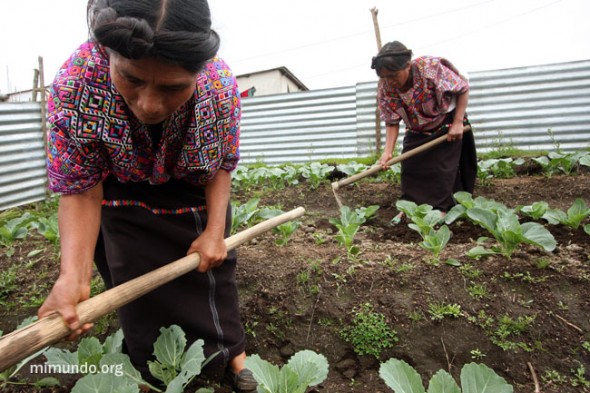
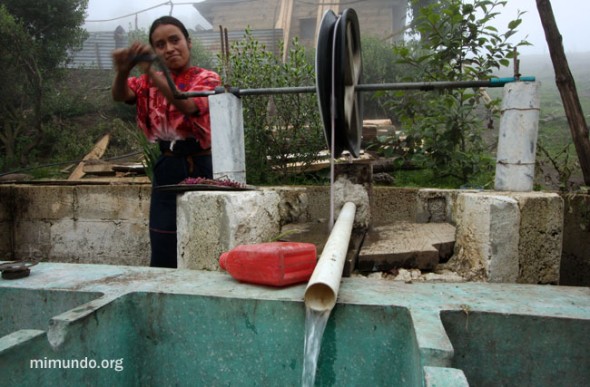
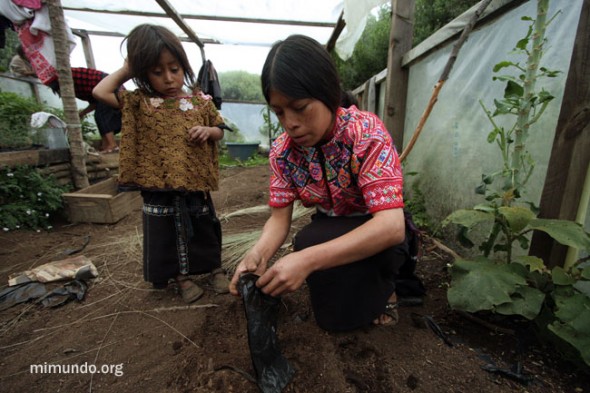
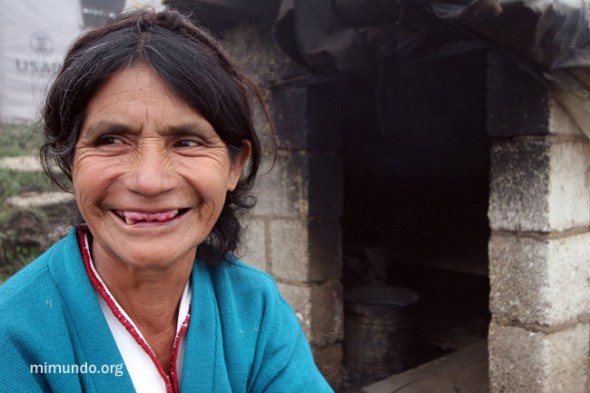
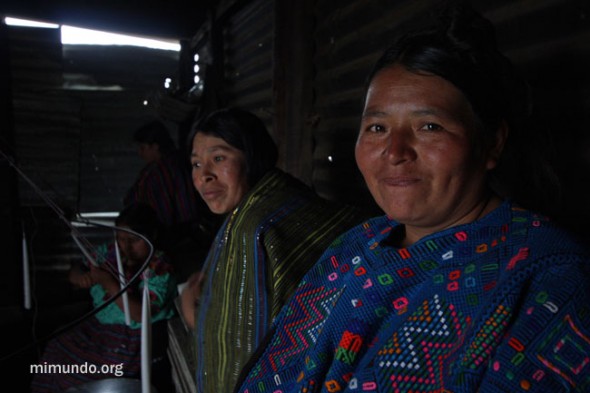
Thanks James, Your photos so nicely capture the determination and resileance of these women. So often you beautifully capture that magical light that makes a photo captivating.